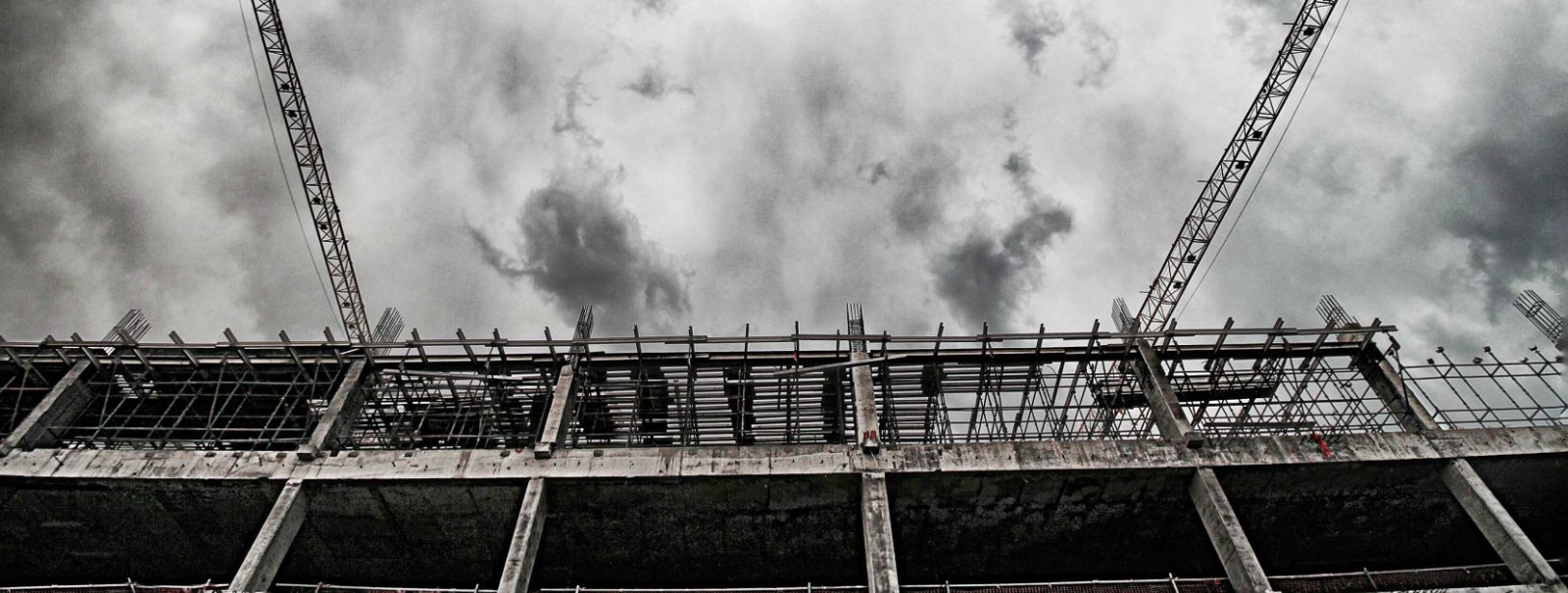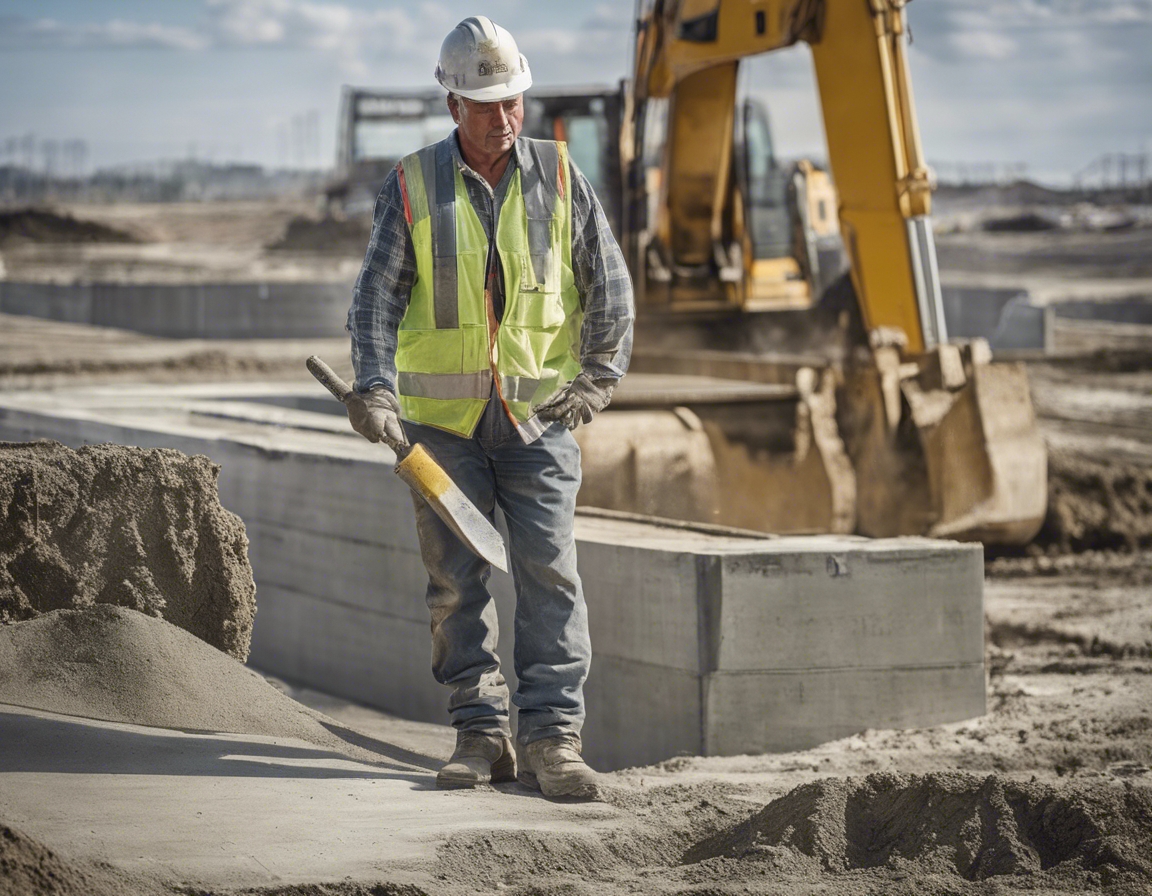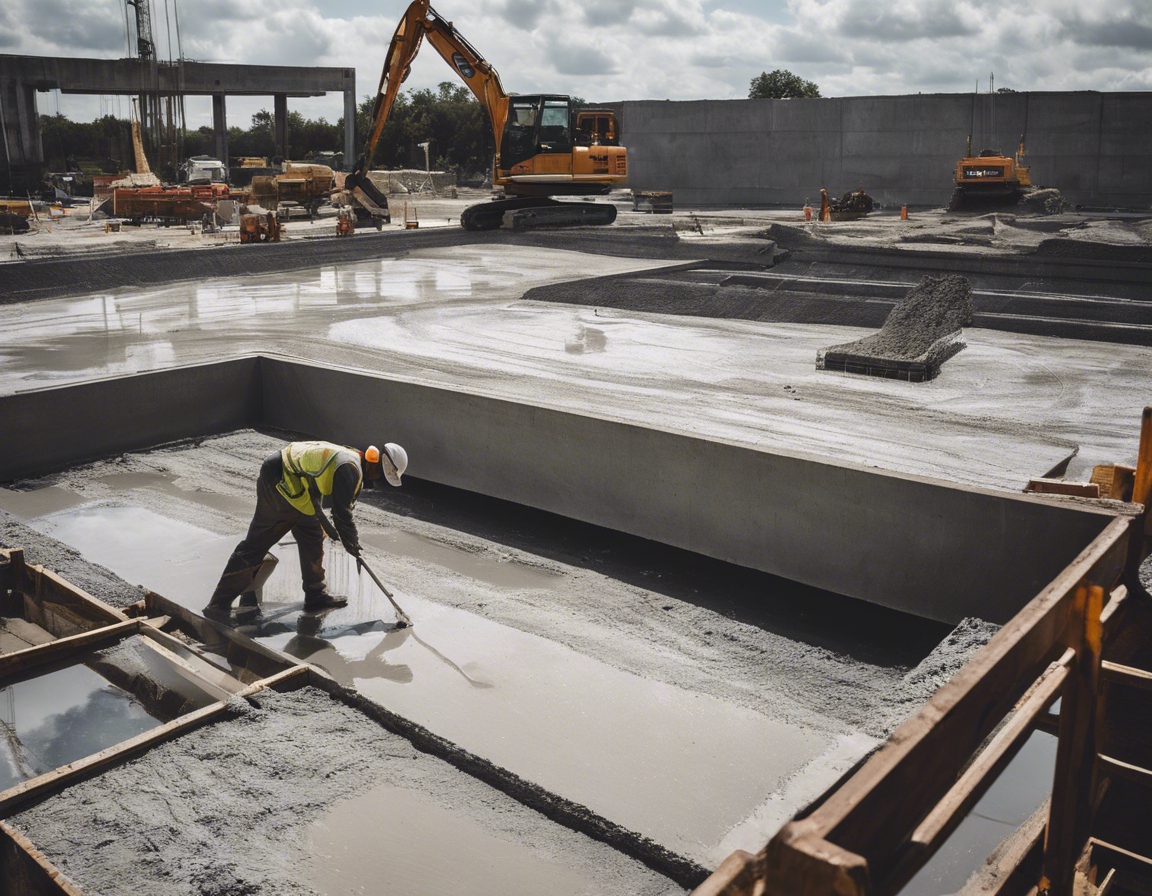The role of armoury in ensuring structural integrity
Armoury in construction, commonly known as reinforcement, is the practice of enhancing the strength and durability of building structures through the incorporation of supportive materials. It is a critical component in modern construction, ensuring that structures can withstand various loads and stresses over time.
The concept of armoury has been around for centuries, evolving from simple stone reinforcements to sophisticated steel and composite systems. This evolution reflects the continuous pursuit of safer and more resilient structures.
Understanding Structural Integrity
Structural integrity refers to the ability of a structure to withstand its intended load without experiencing failure or excessive deformation. It encompasses robustness, strength, and durability, all of which are essential for the longevity of a building.
Maintaining structural integrity poses numerous challenges, including environmental stresses, material degradation, and unforeseen loading conditions. Armoury plays a pivotal role in addressing these challenges.
Types of Armoury Materials
Reinforced concrete is a composite material where concrete's compressive strength is augmented by the tensile strength of steel reinforcement bars (rebars). It is one of the most common forms of armoury in construction.
Steel reinforcement involves the use of various steel products, such as rebars, mesh, and cables, to strengthen concrete structures. The compatibility of steel with concrete makes it an ideal choice for armoury.
Composite materials, such as fiber-reinforced polymers (FRPs), are increasingly being used as an alternative to traditional steel reinforcement due to their high strength-to-weight ratio and resistance to corrosion.
Design Considerations for Armoury
Designing armoury requires careful consideration of a structure's load-bearing capacity. This involves calculating the loads a structure will face throughout its lifespan and ensuring the armoury can support these loads.
Environmental factors such as temperature fluctuations, moisture, and chemical exposure can affect the performance of armoury materials. Designers must account for these factors to ensure long-term structural integrity.
Adherence to building codes and standards is crucial in the design of armoury. These regulations ensure that structures are safe, reliable, and capable of withstanding the demands placed upon them.
Installation and Quality Control
The installation of armoury is a meticulous process that requires skilled labor and adherence to best practices. Proper placement, spacing, and securing of reinforcement materials are essential for optimal performance.
Quality control measures, including material testing and inspection during construction, play a vital role in ensuring the armoury is installed correctly and functions as intended.
Regular inspection and maintenance are necessary to identify and address any issues with the armoury that may compromise structural integrity over time.
Advancements in Armoury Technology
The construction industry continues to innovate, developing new materials and techniques that enhance the performance of armoury. These advancements promise to deliver even greater structural integrity in future projects.
Technological advancements have a profound impact on the design and implementation of armoury. From computer-aided design (CAD) to automated manufacturing processes, technology is streamlining the way armoury is integrated into construction projects.






Comments (0)